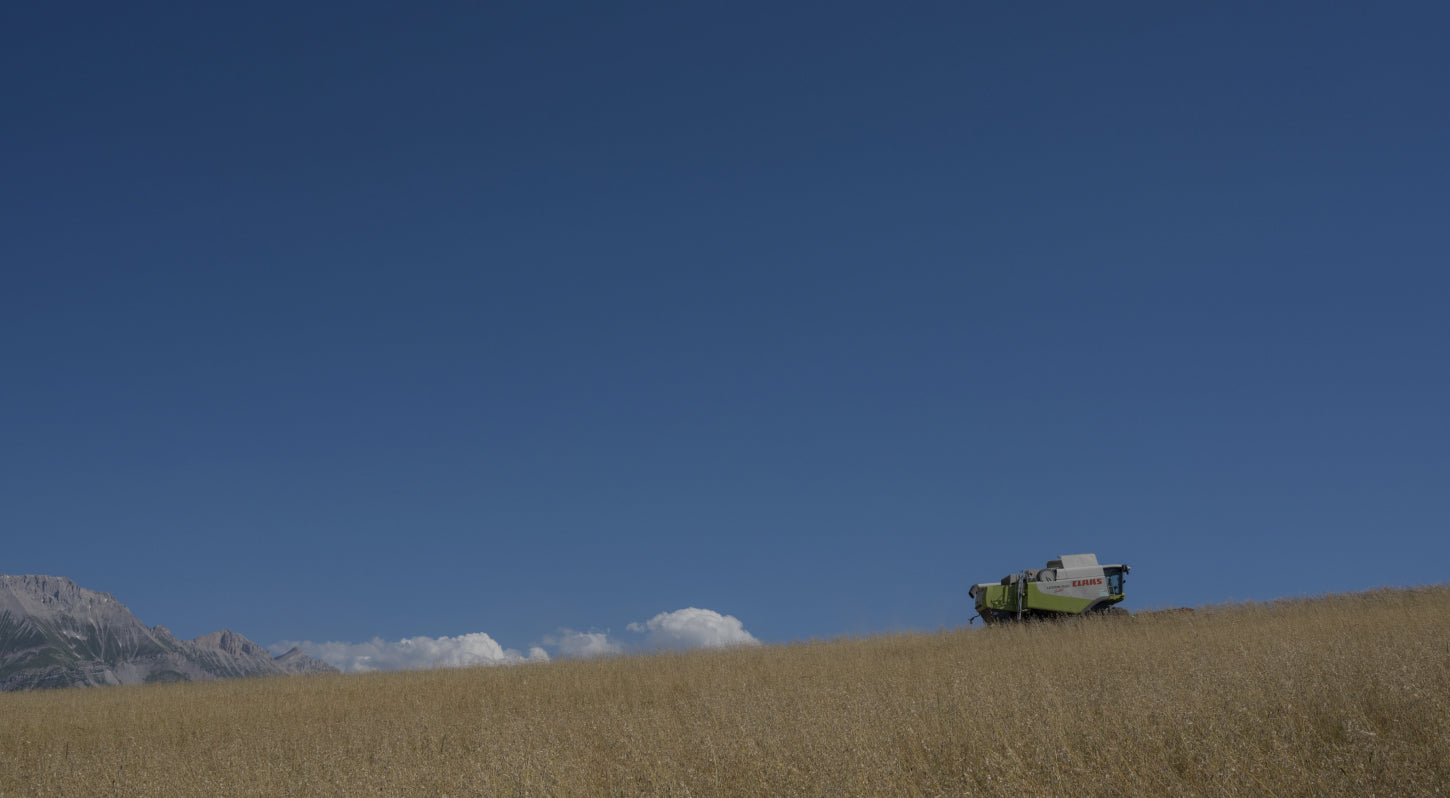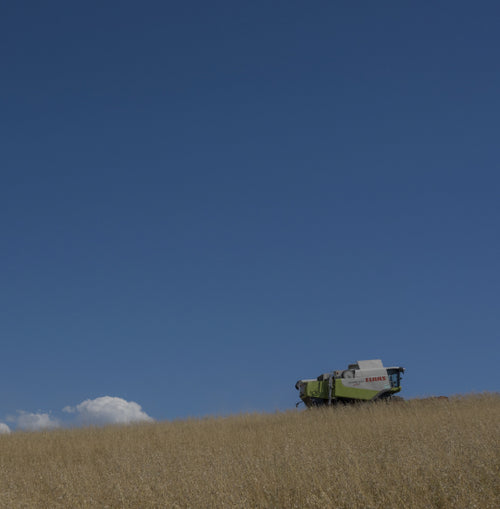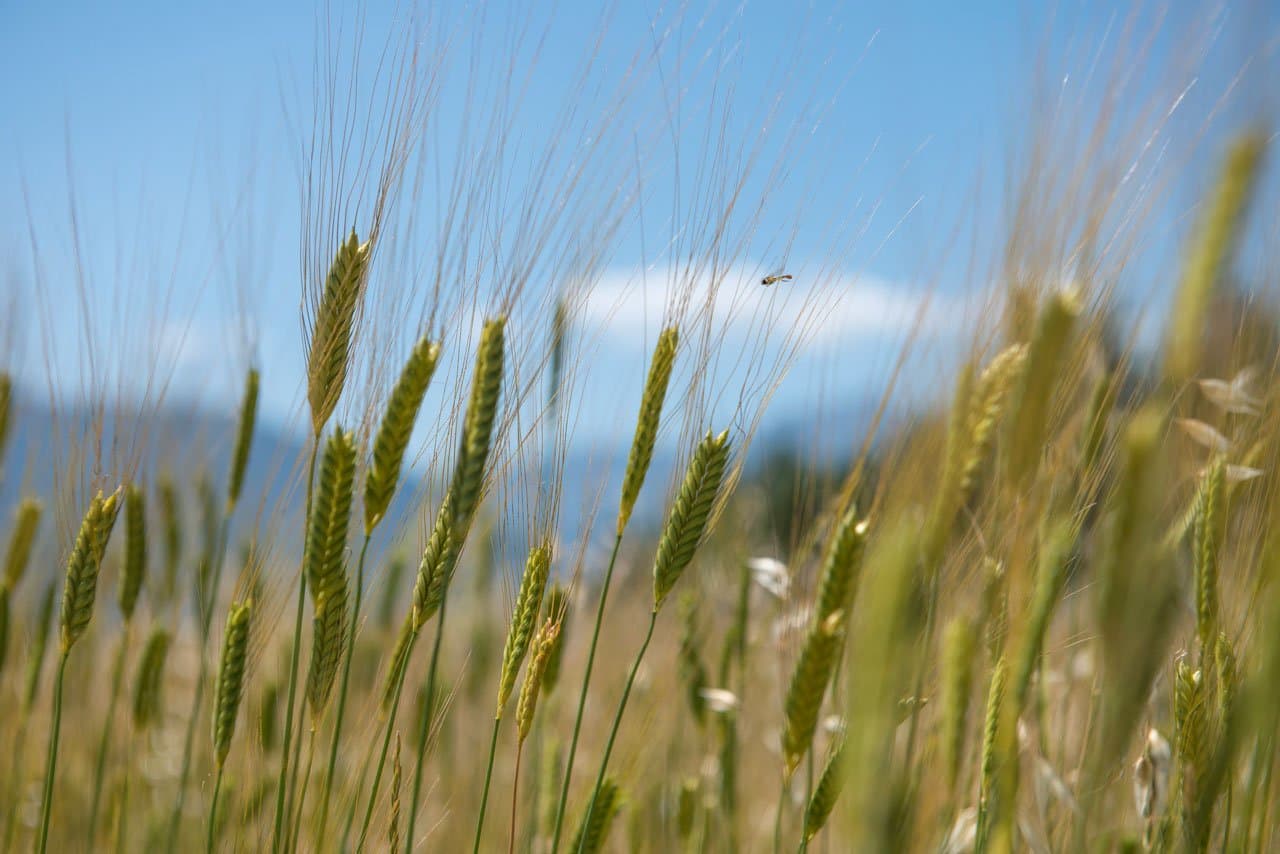

We light you up
Q&A
WHY ARE THE HAUTES GLACES BOTTLES 50CL?
Because less is more better! It's a strong statement: when we buy whisky, we usually expect a 70cl bottle. But our whisky have nothing in common. They are produced locally and extensively, from the field to the glass, within the natural limits of its territory. A smaller bottle means more bottles available and more opportunities to explore the limits of our know-how, to multiply the breads - oops, the limited editions and their singularities.
WHY ISN'T THE BOTTLE TRANSPARENT? HOW CAN WE APPRECIATE THE COLOUR OF OUR SPIRITS?
Transparent, sparkling glass bottles are always attractive... But this coquetry comes at a price: a major ecological impact. This quality of glass does not allow recycled glass to be used (or only very marginally) and therefore consumes new natural resources ad infinitum. The glass we use is much more frugal; it is wild glass that is 100% recycled (100% ECR) and generates low carbon emissions. Its slightly bluish tint offers a unique style that does little to disrupt the natural colour of our spirits. Indeed, Because of the transparency and shape of the glass, the colour of a liquid is always strongly influenced by its environment (what the bottle is placed on, the background, etc.) and our brain is used to this: it knows how to reinterpret the colour of things depending on the conditions. If you take several of our spirits, you'll be able to appreciate the nuances of colour even if the glass is slightly tinted, and if you put each of the liquids in a transparent glass, you'll be able to easily associate the liquid with the right bottle. The magic of human perception!
CAN I LICK THE CORK?
It's a funny idea to want to lick a cork! That said, the cork in our bottles is food-grade, made from agglomerated cork and our 'spent grains', the solid matter left over from the brewing of our organic grains, once the precious 'wort' has been extracted. Like all products derived from the processing of cereals, this residue contains gluten, so you can lick it clean unless you're allergic!
WHAT DO THE MOUNTAINS AT THE BOTTOM OF THE BOTTLE REPRESENT?
Thanks to the use of a Digital Terrain Model, the massif that forms the base of our bottles is an exact replica of the Obiou range, which can be admired from the windows of the Hautes Glaces distillery. In the centre is the top of the Obiou (2789m), on the left edge of the bottle you can see the Châtel (at the northern end of the range), and on the right edge, the Grand Ferrand (at the southern end).
SINGLE MALT, SINGLE RYE, SINGLE ESTATE, SINGLE TRACK: WHAT DO THESE NAMES MEAN?
Under European regulations, "Single Malt" refers to a whisky distilled from barley malt only, in a single distillery. Strangely enough, the term malt is reserved for malting barley. It cannot be used to describe rye or spelt malt. Single Rye is a spirit distilled exclusively from rye (malted or not) in a single distillery. However, at Hautes Glaces, all the rye is malted.
The term "Single Estate" refers to a whisky whose raw material has been harvested on a single farm and comes from the estate where it is distilled, in this case the Domaine des Hautes Glaces.
The expression "Single Track" was invented by us to describe the products in the Epistémè collection. In the world of whisky, the notion of 'Single' refers to the uniqueness and singularity of the encounter between a distillery and a raw material (Malt, Rye) or an origin of the material (Estate). In the case of 'Single Track', the singularity is even stronger, as these are unique experiences that allow you to taste the effect of a plot of land, a vintage, a specific variety of cereal, a yeast, etc. A rare experience that allows you to follow the singular path of each of our know-how from field to bottle.
THERE'S A DEPOSIT AT THE BOTTOM OF MY BOTTLE, IS THIS A FAULT?
Not necessarily, on the contrary! At Hautes Glaces, we do not cold filter our whisky during bottling in order to preserve the richness of their mouthfeel and the authenticity of their essence. There may therefore be some fine particles in suspension: flocculated aromatic molecules, or evidence of the cask in which the whisky were matured (yeast, wood dust, etc.).
That said, if you're concerned about the quantity or presumed nature of the deposit, don't hesitate to contact us and send us a photo: we'll be able to check together whether it's a quality issue or a defect!
CAN WE COME AND VISIT THE HAUTES GLACES?
Please consult our Coming to the Domaine page. You'll find all the information you need about how to get to the estate: cellars, tours, workshops, events, seminars, etc.

